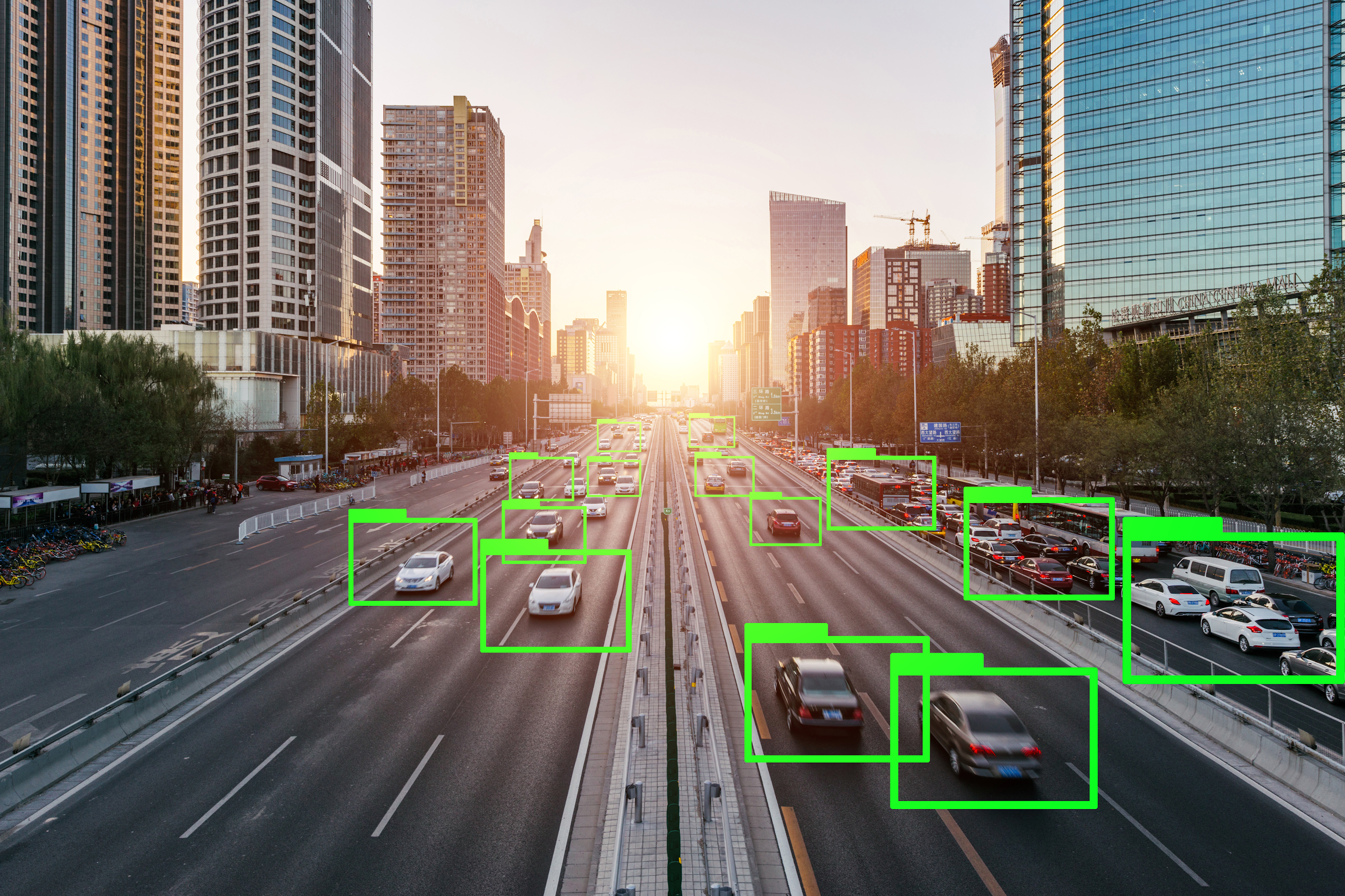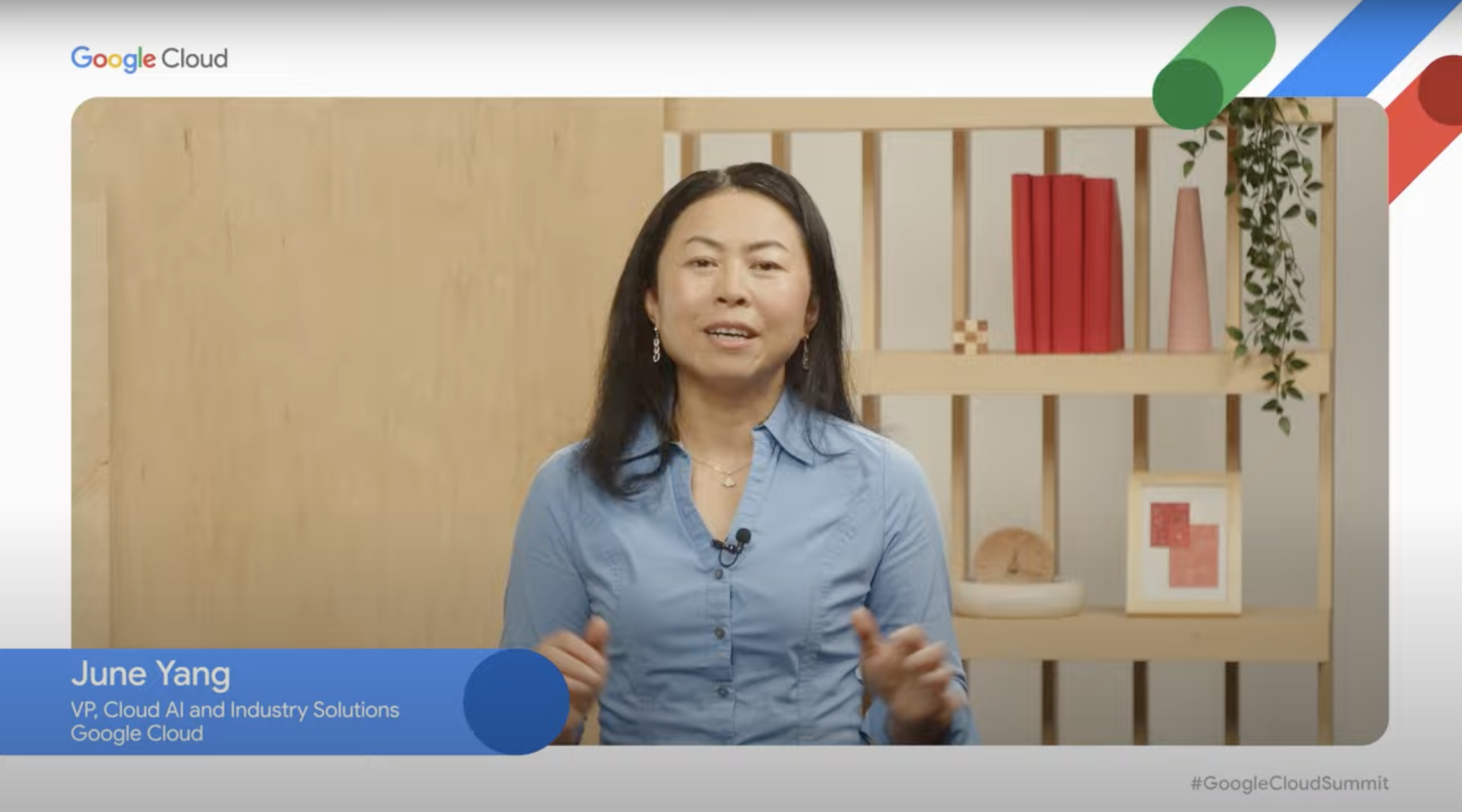The Prompt: Choosing generative AI use cases

Philip Moyer
Global VP, AI & Business Solutions at Google Cloud
Stay up to speed on transformative trends in generative AI
Business leaders are buzzing about generative AI. To help you keep up with this fast-moving, transformative topic, each week in “The Prompt,” we’ll bring you observations from our work with customers and partners, as well as the newest AI happenings at Google. In this edition, Philip Moyer, Global VP, AI & Business Solutions at Google Cloud, discusses three ways organizations are looking to improve human experiences with generative AI.
In the first edition of “The Prompt,” I explored how excitement around generative AI can create misconceptions. This time, I want to discuss the top questions customers ask after they get past the hype and myths: “How do I get started? What are the safe use cases that will generate value and enthusiasm in my business?”
Generative AI is exceptional at wading through vast amounts of content and creating insights and answers in a human-approachable format, such as text or images. If a user wants a 20-word answer to a question, a bulleted list, or an image that represents a thought, generative AI can be useful for generating the precise experience they’re asking for.
For this reason, I encourage customers to start with the areas in which they want to improve the human experience with information.
Delight customers
Almost every business has a public-facing website or a customer call center. Unfortunately, many of these websites and agents have become a labyrinth for customers to navigate. Internal call center and customer service content is thus one of the prime places where organizations can begin applying generative AI.
Starting with customer teams lets an enterprise use trusted internal resources to test the quality of AI-generated answers and refine their accuracy. Once leaders are comfortable with the accuracy of their model, the enterprise can add an intelligent chatbot to its external customer website, which can create immediate, measurable value in the customer experience and reduce the cost of repetitively answering the same questions.
This approach applies across industries. For example, in healthcare, we are working with a customer to create an easier interface to help patients understand benefits and get pre-certified for care. Likewise, in the public sector, we are creating “citizen-first” interfaces across state government services.
Discover new opportunities
The second area in which I encourage companies to focus is creating a human interface for the vast amounts of unstructured knowledge locked up in their enterprise. Like focusing on the call center, adding conversational interfaces and generative summaries to internal data can be a safe, iterative way to begin leveraging generative AI.
For instance, we are working with many financial services companies to use generative AI and our enterprise search technologies to ask questions of internal analyst reports, 10K annual reports, earnings call transcripts, and internal investment memorandums.
Similarly, in life sciences and material sciences, we are working with customers to build research portals that automatically summarize the work being done on particular molecules, materials, or disease states. Generative AI can be very adept at securely crawling private research, public web content, patent libraries, and other sources, and at providing researchers with a conversational agent to ask questions or even collaborate with via generative brainstorming.
Help reduce operational drudgery
Most businesses have repetitive drudgery, with highly-paid information workers doing the same task over and over again with unstructured content— replying to requests for proposals (RFPs), generating the same marketing content in five languages, creating investment memorandums, checking customer contracts to ensure they are compliant, and so on. These unstructured information tasks generally do not create joy and are prone to errors.
However, generative AI is well suited to creating content based on examples it's been taught.
Therefore, the third area in which I encourage customers to start using generative AI is domains where they have large groups of people creating unstructured content. For example, a significant amount of the marketing supply chain involves repetitive content creation. In financial services, a vast amount of work is done to document and ensure compliance. In telecommunications, we must repeatedly create network configurations based on equipment manufacturers’ specifications.
Opportunity meets responsibility
As you know, Google Cloud announced some powerful products and capabilities over the past few weeks to help make these scenarios easier. These products and product updates have safety and security built in, are guided by Google’s AI Principles, and are focused on helping enterprises control their use of IP, data, and individual privacy. As Google CEO Sundar Pichai noted in his recent podcast interview with The New York Times, generative AI presents many opportunities to create a better world for customers, researchers, and employees. But, we need to use it responsibly. Targeting use cases where we improve experiences and eliminate drudgery can be a great way to demystify this generation of AI and humanize the value it can deliver.
This week in AI at Google
For an in-depth look at Google AI, don’t miss Google CEO Sundar Pichai, DeepMind CEO Demis Hassabis, and other Google leaders on 60 Minutes, discussing topics that range from Bard to soccer-playing robots.
If you read last week’s edition of “The Prompt,” you’re probably up to speed on the numerous generative AI announcements Google made in the last month—but if you need a summary in under two minutes, check out Google Cloud VP June Yang’s keynote recap from the recent Data Cloud & AI Summit.

Also be sure to watch this video of Google Cloud’s Stephanie Wong discussing how Google’s AI Principles intersect with our new generative AI products. Beyond products, this week, we’ll take a look at some of the latest tantalizing Google AI research:
Eyes are the window to the soul—and much more. Google research has shown that AI applied to retinal images can predict risk of cardiovascular disease and even smoking status—and with this new paper, we extend those findings to aging and the search for new biomarkers of disease.
Averting disaster with machine learning. Floods are the most common type of natural disaster— and AI can help alert people before catastrophe strikes, Google collaborated with researchers at the Johannes Kepler University, the University of Alabama, and the Hebrew University of Jerusalem, among others, to develop our ML-based flood forecasting approach. Read this blog post to learn about the recent Machine Learning Meets Flood Forecasting Workshop, which highlighted efforts from Google, universities, and other organizations to improve our understanding of floods and build more robust prediction and warning systems.
When AI agents become friends. In collaboration with Stanford University, Google released a new paper describing how generative AI agents that simulate human-like behavior interact when placed in a virtual environment. The research describes the AI agents developing social behaviors, such as inviting one another to events, and points to the kinds of discoveries and opportunities that generative AI will likely enable for years to come. You can even explore the AI agents’ interactions with this demo.



